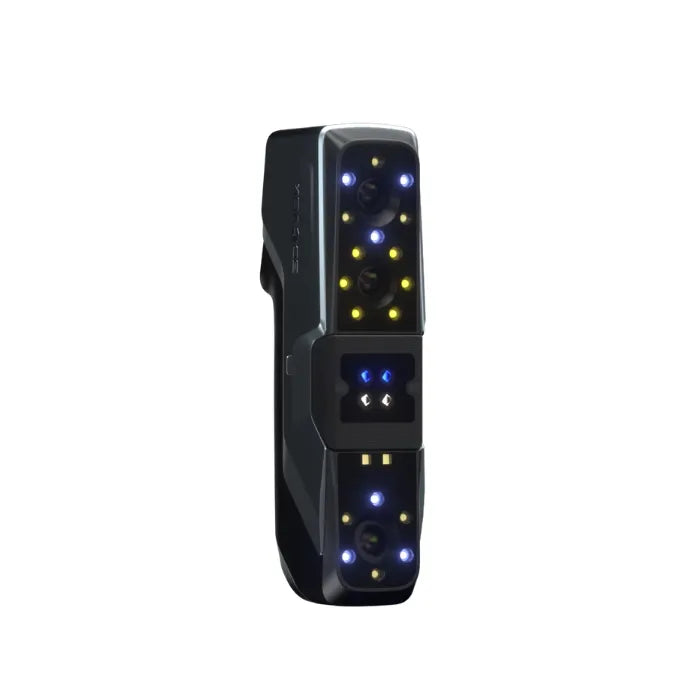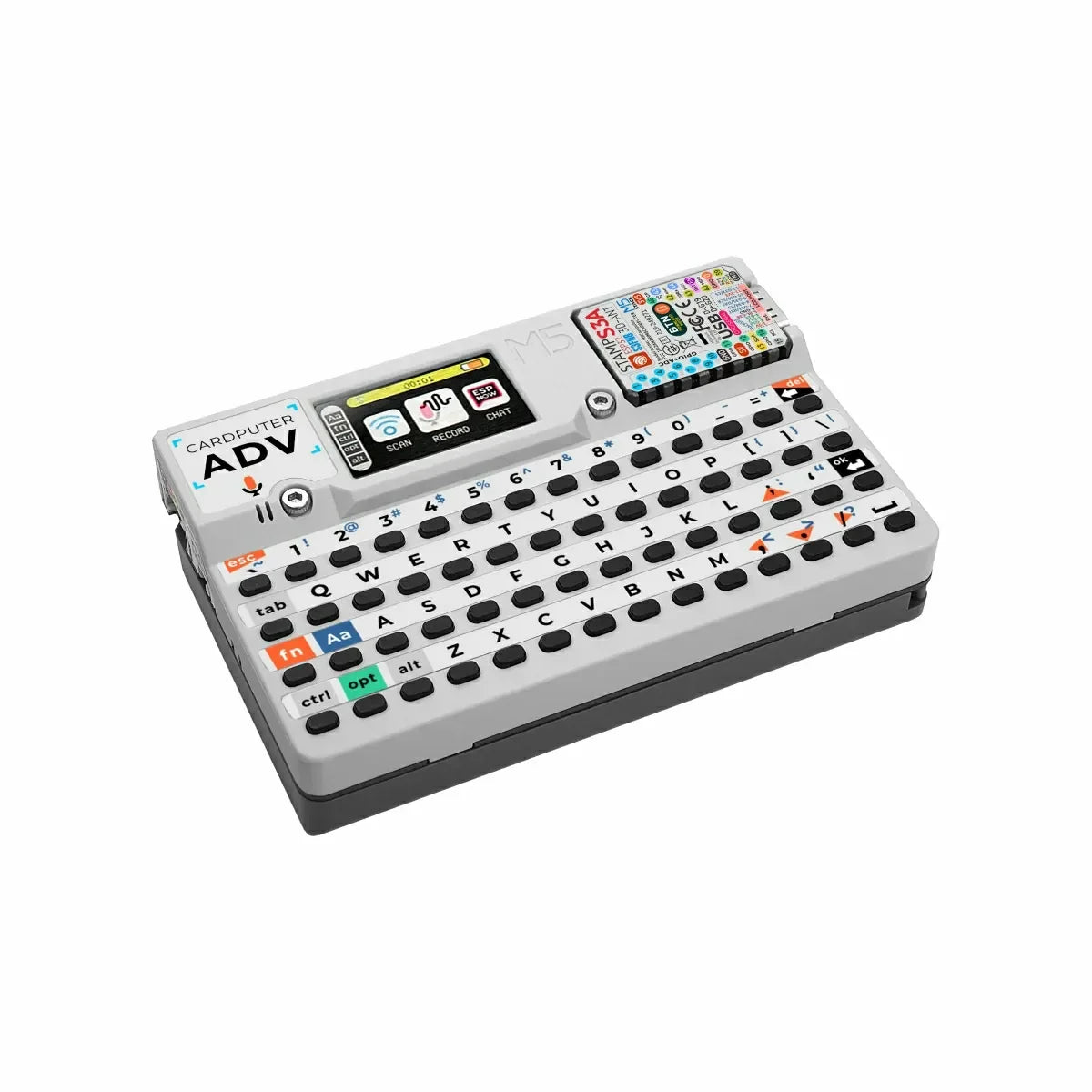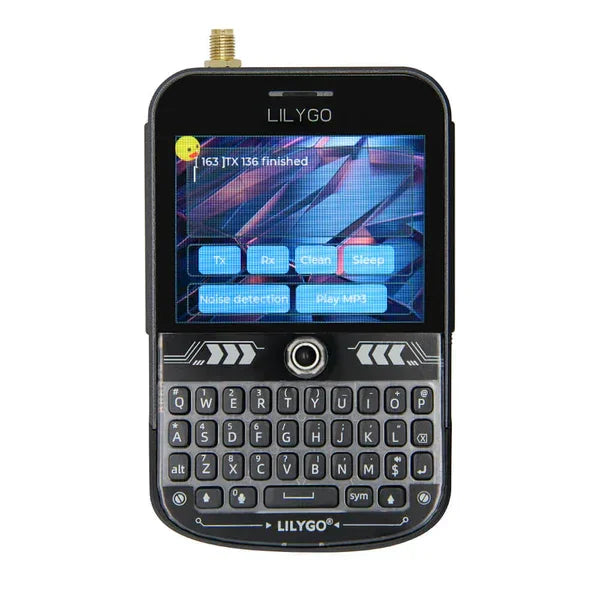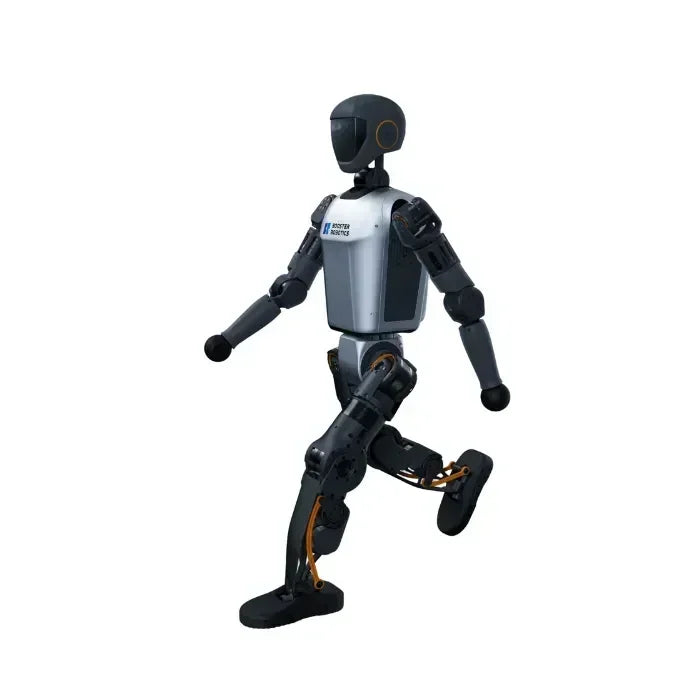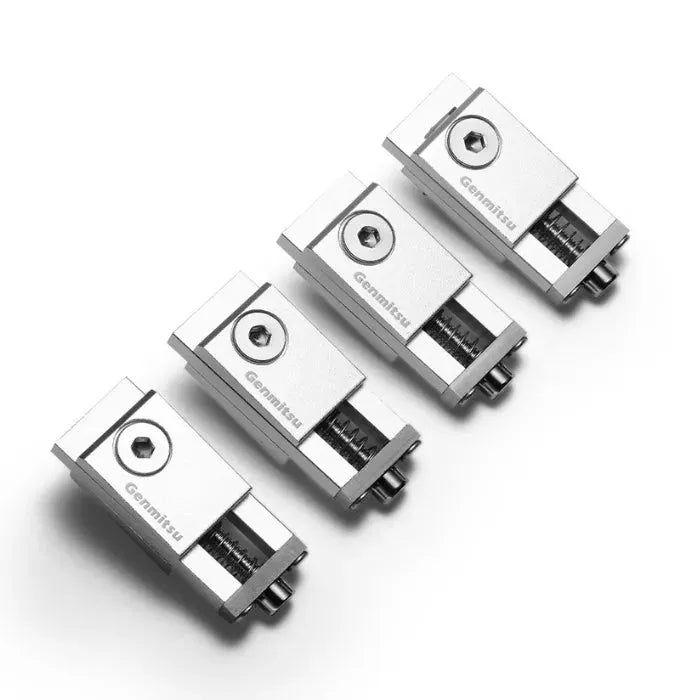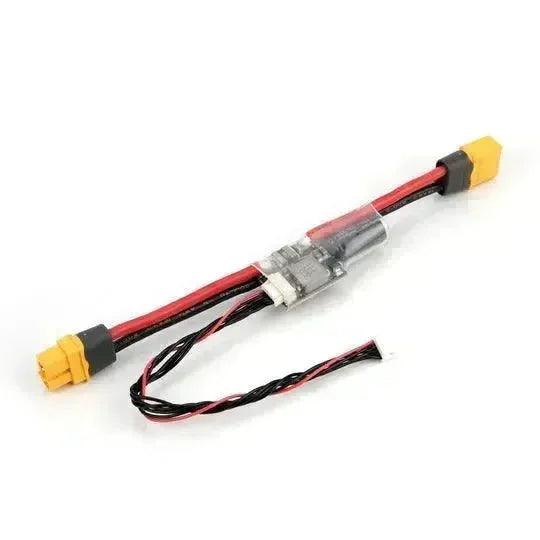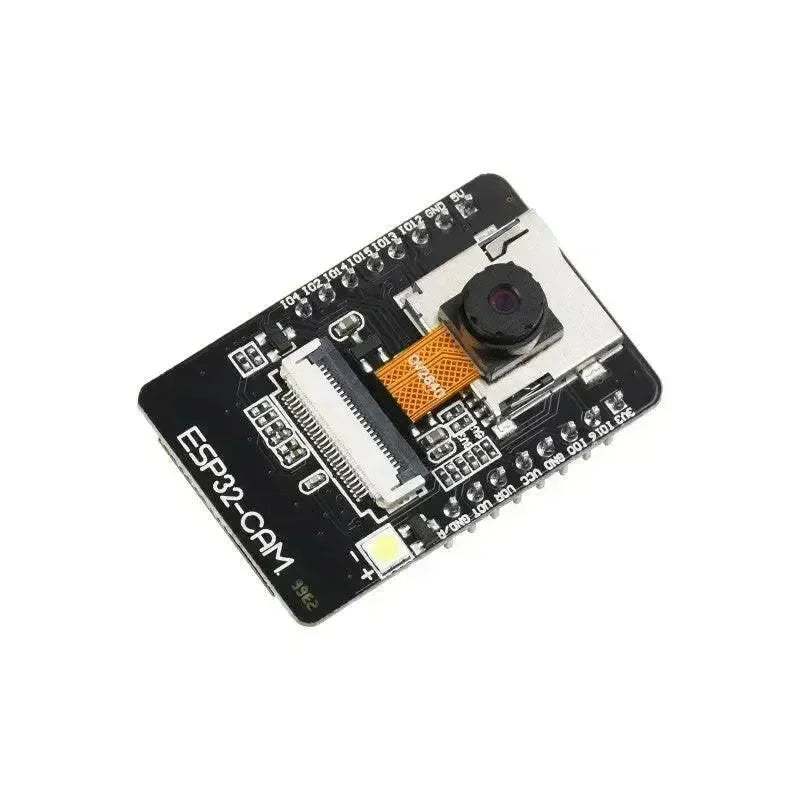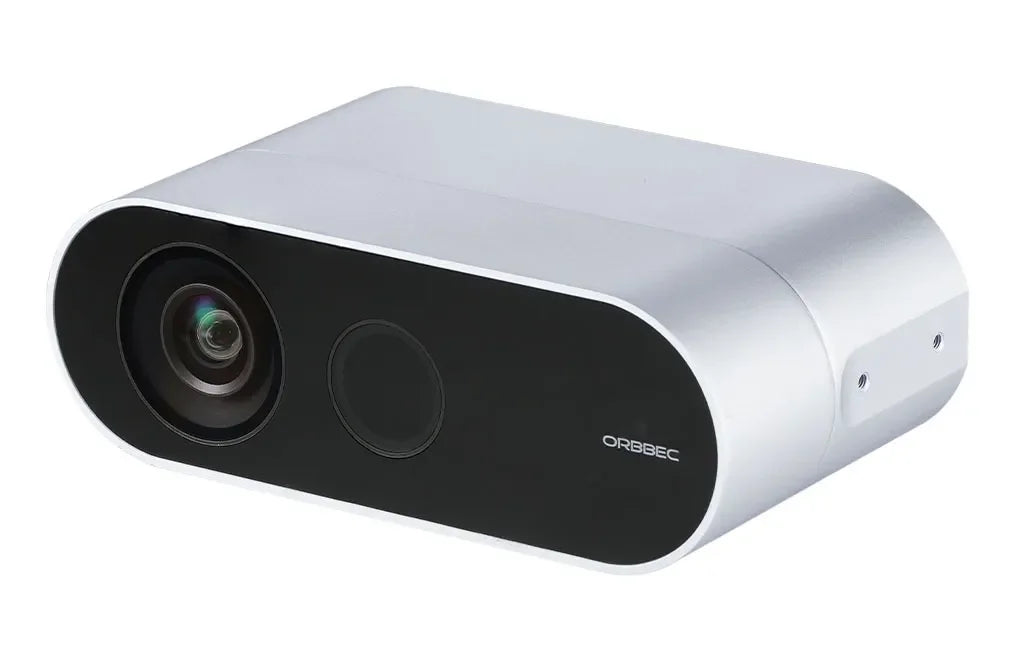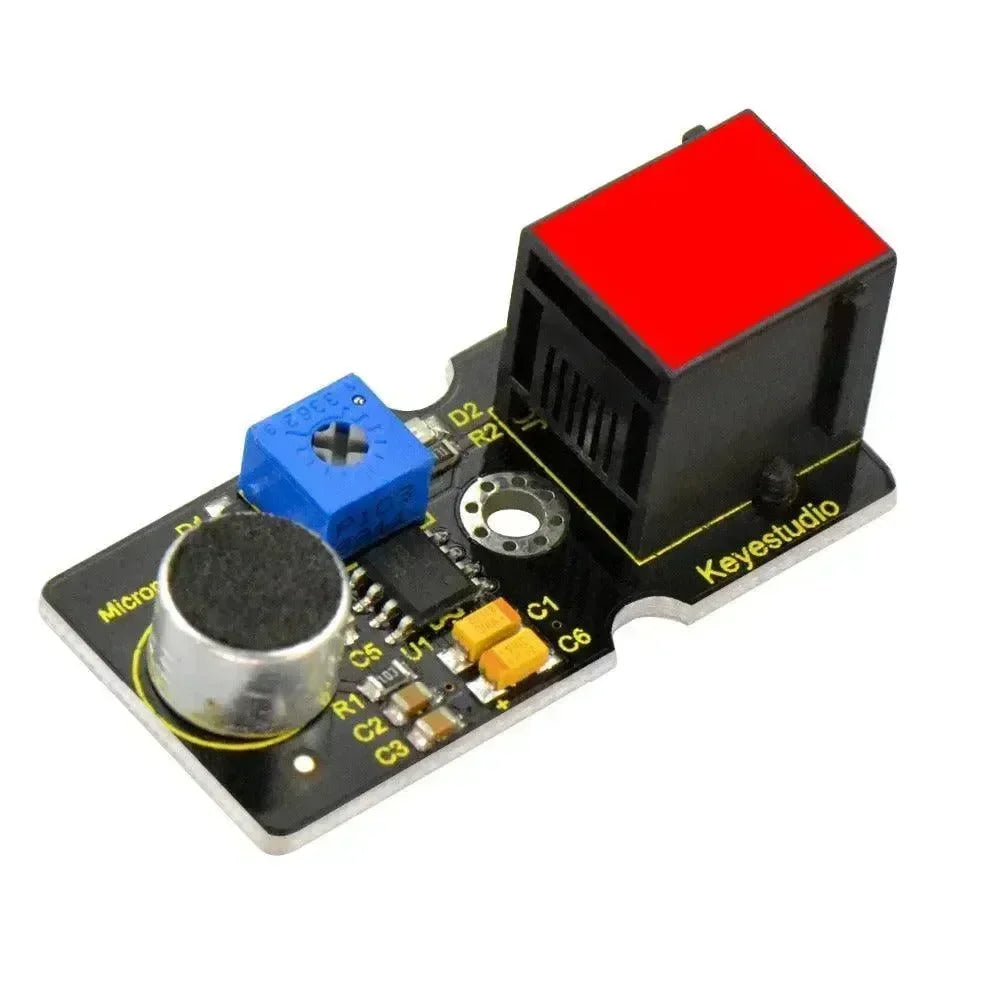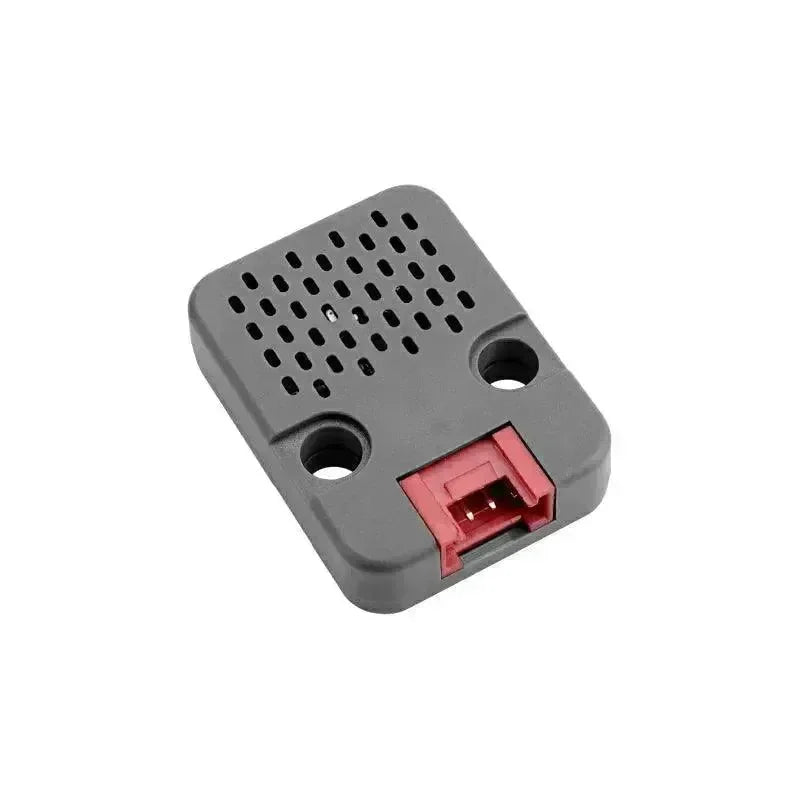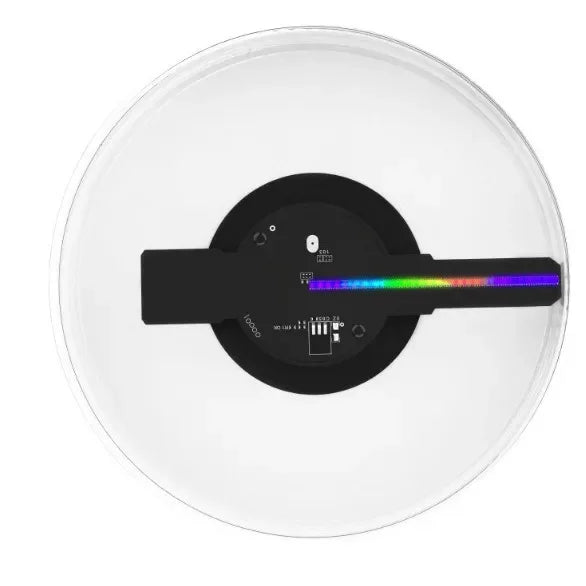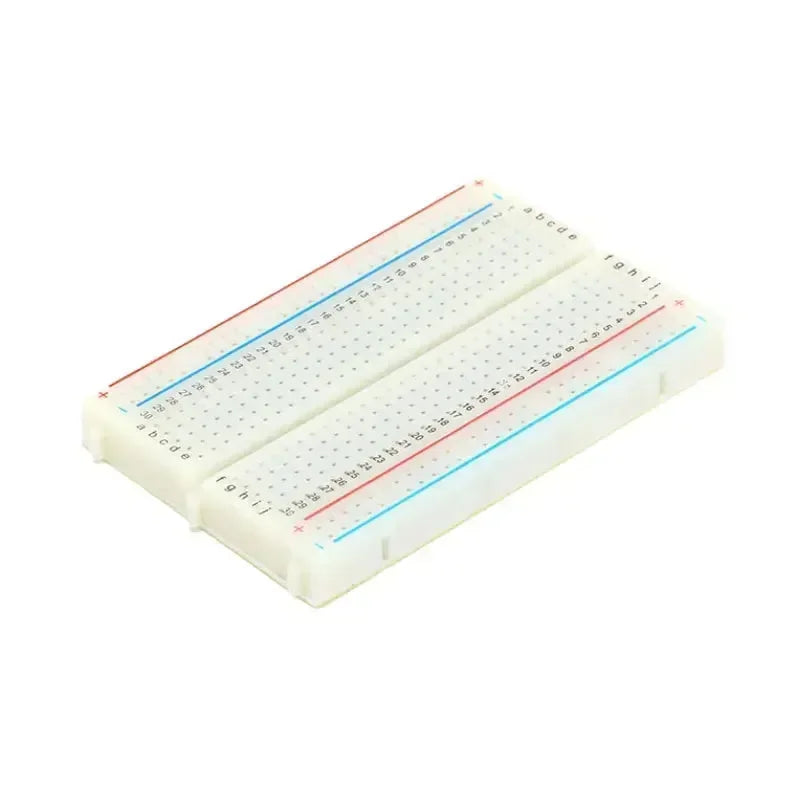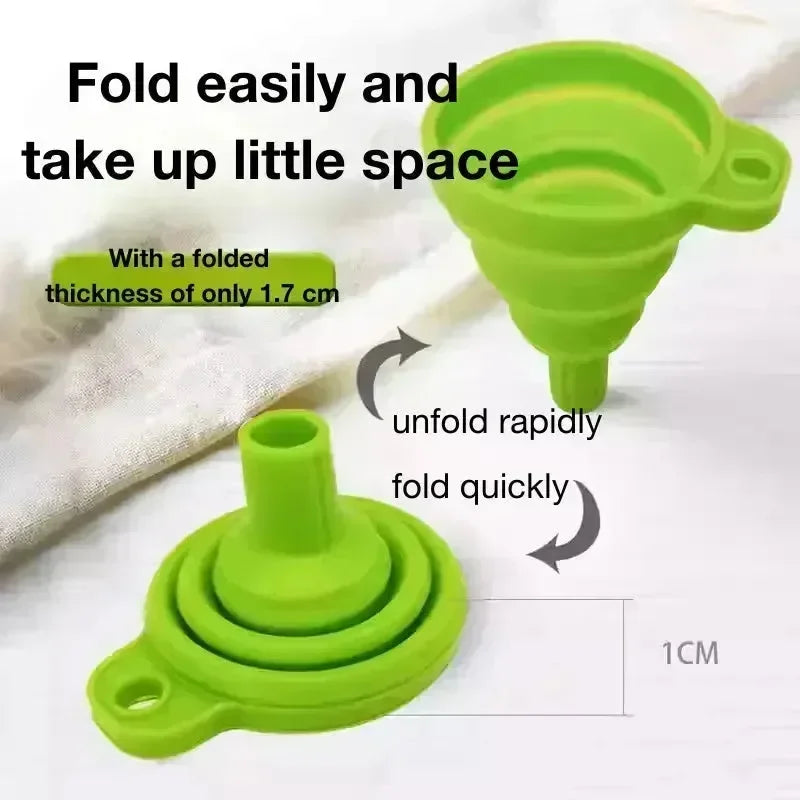Overview of UWB Technology
Technical Features
-
Highly accurate positioning: UWB technology is capable of achieving centimeter-level positioning accuracy. It accurately calculates the distance by measuring the time difference between transmitted and received pulses.
-
High data transmission rate: Due to the wide bandwidth characteristics, UWB can provide high speed data transmission, theoretically up to hundreds of Mbps.
-
Low power consumption: UWB technology consumes less energy compared to traditional wireless technologies due to its pulsed transmission characteristics.
-
Strong penetration: UWB signals can better penetrate walls and other obstacles, making it suitable for complex indoor environments.

UWB System Components
A UWB system typically consists of the following major devices and modules:
-
UWB tags: also known as markers or beacons, these devices are attached to the object to be tracked. They send UWB signals that are used to determine their location.
-
UWB Anchor: also known as a base station, the anchor is fixedly mounted at a known location and is used to receive the UWB signals sent by the tag and helps in calculating the location of the tag.
-
UWB Controller: the controller is used to coordinate communication between the tag and the anchor point, to process positioning data, and to integrate with other systems such as computer networks.
-
UWB Antenna: Used to send and receive UWB signals, usually integrated with the tag and anchor point.
-
Data Processing Unit: typically a software platform used to process and analyze data collected from the UWB system and provide a user interface.

Application Scenarios of UWB Technology
-
Smart Home: In smart home systems, UWB technology is used to achieve high-precision indoor positioning to optimize the control and automation of smart devices.
-
Industrial automation: In industrial environments, UWB is used to accurately track the location of equipment and personnel to improve safety and productivity.
-
Asset tracking: UWB technology is used in hospitals, warehouses and retail environments to track and manage critical assets.
-
Automotive: UWB technology is used in automobiles to improve vehicle safety, such as for collision avoidance systems and improved parking assistance.
-
Mobile Payments and Secure Identity Verification: UWB technology can provide a safer and faster Near Field Communication (NFC) alternative for mobile payments and secure identity verification.

Industry Applications for UWB Technology
-
Smartphones and Wearables: Some of the latest models of smartphones and smartwatches have integrated UWB chips for high-precision positioning and data transmission.
-
Automotive industry: Automakers are beginning to use UWB technology for optimization of keyless entry systems, parking assistance and collision avoidance systems.
-
Logistics and Warehouse Management: Enterprises are using UWB technology to track inventory and assets and improve the efficiency and accuracy of warehouse management.
-
Industrial Manufacturing: In industrial manufacturing, UWB technology is used to track tools, machines and people to optimize production processes and improve safety.
-
Security and Surveillance: UWB technology is used in security surveillance systems to accurately track the movement of people and objects to enhance safety.
There are still some challenges for UWB to be applied on a large scale:

Future Outlook

